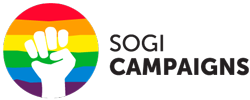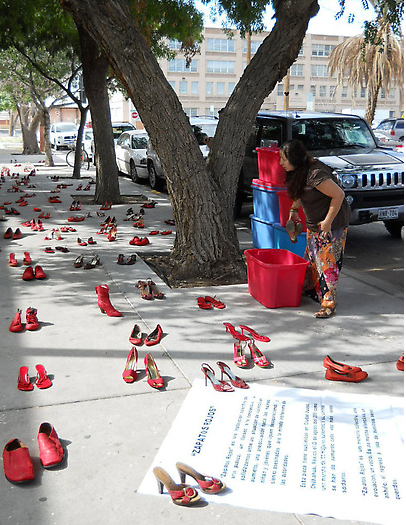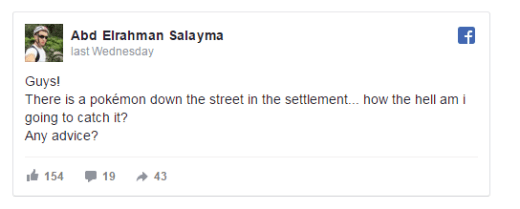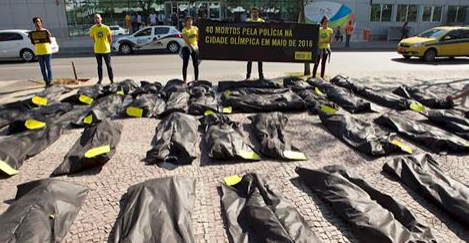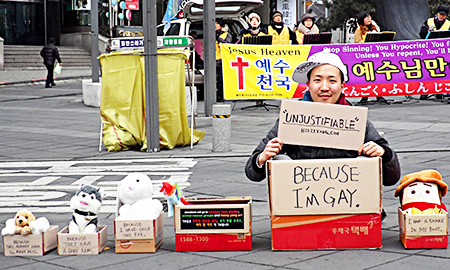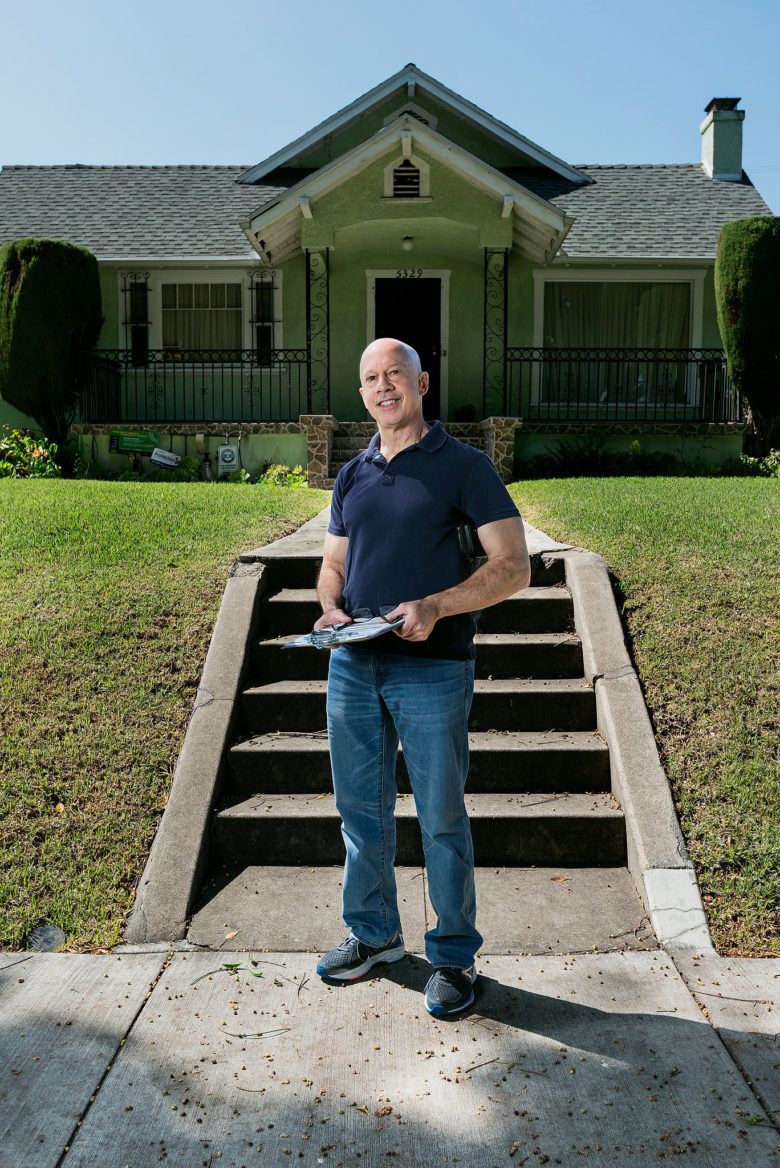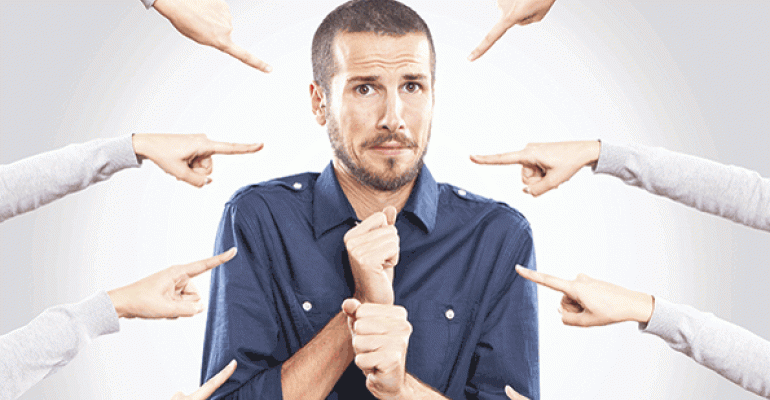16 Striking Campaigns for the Cause to End Violence Against Women
Striking examples of powerful campaigns to get inspiration from !
While we at The Pixel Project always seek to emphasise the positive, the fact remains that, in many places in the world, activists working to end Violence Against Women (VAW) face considerable obstacles: denial of the problem; cultural taboos that prevent open and honest discussion; viewing VAW as a “women’s issue instead of a human issue; and hostility from men’s rights activists and extremists who seek to keep women “in their place.” The latter was tragically and recently seen in the early October shooting of Pakistani girls’ rights activist Malala Yousafzai.
Given the hostility they often face, many VAW activists recognise that they have to be more creative than activists working in more popular causes (e.g. cancer, children’s issues, animal rights and the green movement). A sense of humour and a penchant for effecting change from within also does not go amiss.
So today, in honour of all VAW activists, nonprofits and grassroots group to toil in such thankless situations to bring about positive change to the lives of women and girls facing violence, we present 16 of the most striking campaigns/programmes we have come across in the last year of our work, in no particular order. That many of them include men is an encouraging sign that the issue of VAW is starting to gain traction as a human rights issue, not just a women’s issue.
What these campaigns have in common are:
- The built-in “water-cooler” factor that gets the community buzzing about the campaign and by extension, the issue of VAW.
- A good sense of what works in and for the culture and community where the activist/nonprofit/grassroots group is trying to effect change.
We hope that these campaigns and initiatives inspire you to take action and get on board the cause to end VAW.
It’s time to stop violence against women. Together.
![]() Creative VAW Campaign 1: Using Technology to Show Where and When VAW Occurs – India
Creative VAW Campaign 1: Using Technology to Show Where and When VAW Occurs – India
When a survey noted that India is the fourth most dangerous place in the world to be a woman, P. Sheemer was shocked and decided to take action. He set up “Maps4Aid”, which allows anyone to submit reports of violence against women through a variety of means, including SMS and email. The report is then recorded and posted to social networking sites. The project hopes to reinforce the idea that violence against women is a terrifying and everyday occurrence in the country, and lists reports according to date and location. The eventual aim is to take the project beyond documentation into intervention, by mapping the most dangerous streets and areas across India, and pressing authorities to provide extra security measures in these areas.
Creative VAW Campaign 2: NGOs Unite to Encourage Men to Challenge VAW – Kenya
A new branch of the international organisation MenEngage launched in Kenya, a country where a 2009 survey found that 47% of married women had experienced domestic violence, an increase of 21% since the 2003 survey. MenEngage Kenya Network calls on men in Kenya, particularly those in positions of authority, to make increased efforts in challenging violence against women and championing non-violent conflict resolution. The campaign will function alongside and strengthen existing work to address more specific forms of violence against women present in Kenya, including female genital mutilation (FGM).
A number of organisations, including the Museum of Women of Costa Rica, have launched a national photography contest with the goals of raising awareness of the consequences of aggression against women and inspiring people to work towards a more equal society. It is the first contest of its kind in the country. Photographs must be related to “any of the manifestations of violence (physical, psychological, sexual, economic, symbolic, etc), myths and misconceptions that contribute to maintaining the cycle of violence against women, and resources to overcome it.” Winners will be announced on November 21, 2012 as part of the celebration of the International Day for the Elimination of Violence Against Women.
![]() Creative Campaign 4: Butterflies Highlight the Plight of Abused Women in Nicaragua – UK
Creative Campaign 4: Butterflies Highlight the Plight of Abused Women in Nicaragua – UK
British designer Robert Kennett decided to use his entry in the Hampton Court Palace Flower Show to draw attention to VAW in Nicaragua. His garden featured butterflies and frangipani, a flower native to Nicaragua. Mr. Kennett was inspired by an Amnesty International campaign called Butterflies of Hope, through which he learned that more than 14,000 women in Nicaragua, many younger than 17, had been raped in the past ten years. In talking about his inspiration he said, “There’s a real stigma there…it’s thought of as the victim’s fault…Altogether I thought there were many women silenced there and I could help express things they couldn’t say.”
Creative VAW Campaign 5: Professional Athletes Speak Out – United States and Canada
North American male athletes are stepping up and speaking out about VAW. In June, U.S. Vice President Joe Biden helped launch the 1 is 2 Many campaign, featuring a PSA with well-known male athletes including soccer star David Beckham, basketball player Jeremy Lin, and National Football League star Eli Manning. “Young boys and men get a lot of mixed signals about what constitutes manhood … that’s why it’s so important today that these incredible athletes, these guys got together, stepped up, and did this,” said the American Vice President. In Canada, the B.C. Lions football team joined forces with the Ending Violence Association, government, and labour groups on the “Be More Than a Bystander” campaign which speaks to the majority of men who do not commit violence against women, encouraging them to condemn and speak out against the minority that do.
Creative VAW Campaign 6: Father’s Club Addresses Violence Against Women – Haiti
In this small Caribbean country where sexist attitudes are widespread, past initiatives to reduce gender-based violence have tended to exclude men. In an effort to get more men involved, one man in a rural community about 90 minutes from Haitian capital Port-Au-Prince decided to establish a fathers’ group to discuss issues like meaningful consent and the importance of not using violence. Group members receive training from CARE. Group members also go door-to-door in their community to talk to other men about VAW. “Children see their fathers beating their mothers and some carry on the cycle of violence when they grow up. We’re trying to show other fathers it’s not okay to do that,” said fathers’ group founder Rorny Amile.
![]() Creative VAW Campaign 7: Red Dresses Draw Attention to Violence Against Aboriginal Women – Canada
Creative VAW Campaign 7: Red Dresses Draw Attention to Violence Against Aboriginal Women – Canada
Jaime Black has found an interesting way to draw attention to the high number of missing and murdered Aboriginal women in Canada. There are 600 official cases of missing or murdered Aboriginal women in the country, 300 of which have not been solved. Ms. Black’s art installation features red dresses hung around the campus of the University of Alberta in Edmonton. Dresses were donated and represent all ages and roles that women in society hold.
Creative VAW Campaign 8: Documenting VAW in “Paradise” – Norway
Photographer Walter Astrada, featured in a previous post in our blog, continues his work to raise awareness of VAW through photography. Having previously photographed women in Guatemala and Congo, he decided to turn his lens to a country with relatively few social ills to demonstrate that, even in a place that many think of as a paradise, violence against women occurs. TRIGGER WARNING: Mr. Astrada’s photographs, featured in the New York Times article linked to above, may trigger strong responses in anyone who has experienced domestic or sexual violence.
Creative VAW Campaign 9: Stopping Harassment of Women on Public Transit – Sri Lanka
The organisation Sri Lanka Unites tried a novel approach to addressing harassment of women on public transit. Hundreds of young men received training and then ventured onto buses to speak with people about public transit harassment. They apologised to women for any harassment they had endured, informed them of the legal recourse available to them in the event of harassment, and challenged men to take responsibility for the problem. In just one week, these young men boarded over 1,000 buses and reached over 30,000 commuters in the city of Colombo. According to event organisers, the response from the public was very positive, with many asking for more information.
![]() Creative VAW Campaign 10: Alerting Police to Girls in Brothels with Secret Photos – Cambodia
Creative VAW Campaign 10: Alerting Police to Girls in Brothels with Secret Photos – Cambodia
Somaly Mam was forced into prostitution as a child but escaped and now works to free other young victims of sex trafficking. Her efforts led brothel owners to kidnap and rape her daughter, and issue death threats against Somaly herself. Still, she carries on, using techniques like sneaking into a brothel and surreptitiously photographing the young girls there. Presenting her photographic evidence to authorities has led to raids with mixed results but, as New York Times writer Nicholas Kristof says, this is how the battle against human trafficking is being fought around the world.
Creative VAW Campaign 11: New Stove Decreases Risk of Rape – Sudan
Women in the Zam Zam refugee camp in Darfur risked rape by Sudanese militiamen every time they left the camp to collect wood for their cooking fires. If they chose not to venture out, they would have to spend scarce money on firewood. Ashok Gadgil heard about the problem and worked with Darfuri women and other engineers to create an affordable wood-fired stove that would use less wood. In fact, it uses four times less wood than open fires, saving the women money. The end result—80% of the women can now afford to buy firewood since their new stoves run so efficiently, meaning they do not have to leave the camp to search for wood.
Creative VAW Campaign 12: Black Friday Condemns VAW – Jamaica
Stories of the brutal rapes of four women and a young girl in a home invasion galvanised public sentiment in Jamaica. Fifteen organisations in the country came together to launch a protest, encouraging people to wear black and stand across various locations as a sign of solidarity against VAW and sexual abuse. The protest was supported by Prime Minister Portia Simpson-Miller who issued a public statement asking members of the public to participate.
![]() Creative Campaign 13: Red Shoes Protest VAW in Juarez – Mexico
Creative Campaign 13: Red Shoes Protest VAW in Juarez – Mexico
Another visual artist used red to highlight violence against a particular group of women. In this case, it was Mexican artist Elina Chauvet. She placed red shoes outside the Mexican consulate in El Paso, Texas to protest against VAW in Juarez and elsewhere in Mexico.
The Lebanese Council to Resist Violence Against Women organised a program to teach girls Aikido, a Japanese martial art that teaches people to redirect the force of an attacker rather than rely on physical strength. The Aikido instruction was part of a year-long “Together We Make Change…Stop Sexual Abuse” campaign that taught over 2,500 male and female school students about sexual abuse and harassment and how to defend themselves. Organiser Randa Yassir noted that the Aikido element of the program would help girls combat the traditionally held notion that females are weaker and should surrender rather than fight back when attacked.
Qamar Naseem began his role as an activist with the organisation Blue Vein which worked to raise awareness about breast cancer. In conservative areas of his country, this caused some degree of backlash from people who saw this as a discussion of women’s sexuality. “We faced a lot of resistance,” he said. “We learned that women are not allowed to make decisions about their own bodies.” He realised that to really effect change, programs had to involve men and women. He organised community support groups where community members can talk about issues like domestic violence and delaying the age of marriage for girls. He has also worked to increase girls’ access to education, even when that means challenging militant elements in a community.
Creative VAW Campaign/Programme 16: Combating Street Harassment – Egypt
The Egyptian Centre for Women’s Rights conducted a study in 2008 that showed that 83% of Egyptian women and 98% of foreign women reported incidents of harassment that included sexual touching, grabbing and cursing. In response, Egyptian women’s groups carried out the Faouda Watch initiative in which they monitored how the country’s president performed regarding women’s rights during a one-month period. They are hopeful that they can convince the president to make street harassment a criminal offense. Other initiatives by Egyptian NGOs and women’s groups include volunteer street patrols, with photographs to document incidents, and an open mic night where women could speak out about their experiences with sexual harassment.
—————————————————–
